Jim Thomas presents a brief historical note on the foundation and development of Hampstead Garden Suburb, followed by Adam Yamey’s recollections of growing up in this hub of LSE academics during the 1960s. If you could help find other LSE academics who lived in Hampstead Garden Suburb, or who were concentrated in other similar locations, please comment on this blog.
The foundation and development of Hampstead Garden Suburb
The creation and development of the Hampstead Garden Suburb (HGS) was the vision of a remarkable woman, Henrietta Octavia Barnett (1851-1936). Henrietta Octavia Weston Rowland was born in Clapham, the daughter of Henrietta Monica Margaretta Ditges and Alexander William Rowland, a wealthy businessman. When she was 16, she was sent to a boarding school in Devon, run by the Haddon sisters, where there was a commitment to social altruism. When her father died in 1869, Henrietta and two of her sisters moved to Bayswater, where she became involved in the work of the housing reformer, Octavia Hill (1838-1912).
Through her association with Octavia Hill, Henrietta met Canon Samuel Barnett (1844-1913). They married in 1873 and moved to Whitechapel, where they planned to improve the social conditions of the residents. In particular, together with Jane Nassau Senior (1828-1877), the Barnetts set up the Metropolitan Association for Befriending Young Servants in 1876, to train poor girls to become domestic servants, to prevent them becoming prostitutes, criminals or alcoholics. Further social works included the establishment of Toynbee Hall, as a pioneering university settlement, and serving as Vice-President of the National Association for the Welfare of the Feeble-Minded in 1895 and the National Union of Women Workers in 1895-96.
In 1889, the Barnetts acquired a weekend home at Spaniard’s End in the Hampstead area and in 1896 they learned of the proposal to construct a Charing Cross, Euston and Hampstead Railway to terminate at Golders Green (see Figure 1). There would be urban development along the extension, and fearing this might be of poor quality, Elizabeth Barnett decided to arrange to buy 243 acres of the land that would eventually become Hampstead Garden Suburb, to control its development. The land was owned by Eton College, and when she approached them to negotiate its purchase, she was told “you are only a woman …now if you could get a few men behind you … everything would be all right.” Nonplussed, she organised her syndicate of eight, two earls, two lawyers, two free churchmen, a bishop and a woman (herself). The purchase was confirmed, and on 2 May 1907, a large gathering in a field east of Finchley Road witnessed Henrietta Barnett turn the sod for the development of the seventy acre “Artisans’ Quarter.” (Miller, 2006, pp7-8).

From the beginning, the Hampstead Garden Suburb Trust operated considerable control over the layout of the area and the design and style of the housing being built, with important initial involvement of Raymond Unwin and Sir Edwin Lutyens. As new laws affecting freehold rights and other changes in housing laws occurred, the Trust operated considerable control over their impact. For example, Hampstead Garden Suburb was designated a Conservation Area in 1969.
The area of Hampstead Garden Suburb that emerged is shown below (see Figure 2). The housing is well spaced out and there are several large green areas, such as the golf course. There is also easy access to Hampstead Heath. Transport connections were good, with the railway link from Golders Green in the south to Euston and Charing Cross. This would eventually become part of the Northern Line. On the northern border of HGS is the station at East Finchley. This had been opened in 1867, on the Great Northern Railway’s line from King’s Cross to Potters Bar and the north. It provided regular train services into central London, becoming part of the Northern Line in July 1939, and main line passenger services ended in March 1941.

Adam Yamey’s memories of LSE academics and the Hampstead Garden Suburb
My father, the late Professor Basil Yamey (1919-2020), first left Cape Town in his native South Africa and joined LSE as a postgraduate student from 1939 to 1940. His move to London was encouraged by William Baxter, who was then teaching at the University of Cape Town and later became Professor of Accounting at LSE. My father’s doctoral supervisor was Arnold Plant.
After World War II broke out, my father returned to South Africa until 1947, when he set sail again for London to take up a position at LSE. In December 1948, my father and mother moved to Montreal in Canada, where Dad had a post at McGill University. The move was triggered, so I was told, by some incompatibility between Basil and Arnold Plant. In October 1950, they returned to London, where Dad began his long uninterrupted career at LSE.
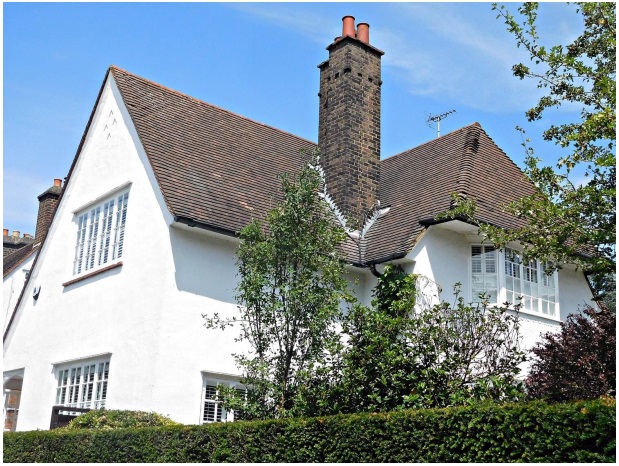
Soon after arriving back from Canada, my parents bought a four-bedroom house, 36 Hampstead Way (Fig 3) in north London’s leafy (but rather boring) Hampstead Garden Suburb (HGS). I suspect my mother’s inheritance helped a junior and probably low-paid member of LSE’s academic staff to afford the deposit on this house. Why they chose the HGS as a place to live cannot be determined precisely – I never asked them. However, it is likely that the choice was influenced by the fact that other LSE academics already lived in that district. Back in the early 1950s, I suspect that the other LSE inhabitants included Lionel Robbins and Arnold Plant. I was born in 1952, so my memories of LSE related people are probably only reliable from the early 1960s onwards.
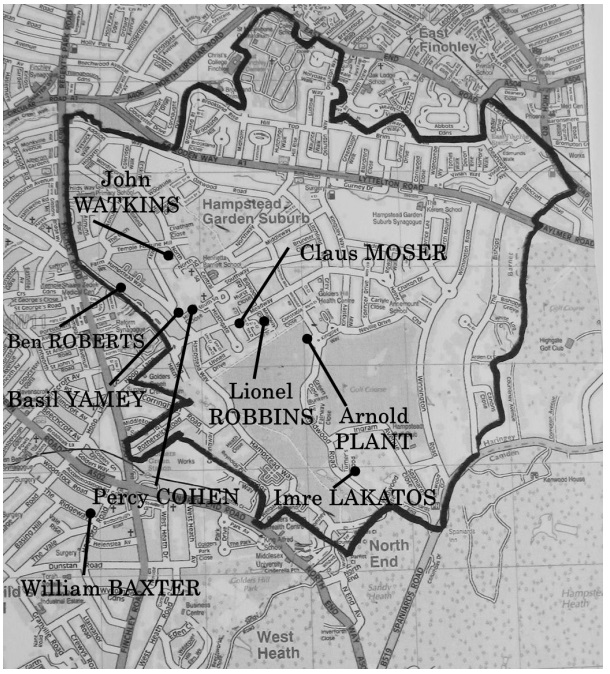
Next, I will relate what I can recall of our family’s interactions with LSE people, who lived in Hampstead Garden Suburb (see Fig 4, which does not include Jim Durbin as I do not remember where he lived), and some other random memories. I remember that the following LSE people lived in HGS for some period, although there might have been others:
Lionel Robbins (economist) – he was a regular visitor to our house. During walks to and from Hampstead Heath Extension, we often stopped to chat with Lionel and his wife Iris when we saw them in the front garden of their house close to the Heath. I do not recall ever having entered their home and I only met his children once or twice after he died.
Lionel and Iris used to give me lifts to Saturday musical soirées held at the home of Kit and Sheridan Russell in Cheyne Walk (Kit Russell was an academic at LSE). Lionel used to drive us in a Mini. His driving was rather erratic.
Shortly before we went to Nafplion in Greece for a conference being held to honour Imre Lakatos soon after his sudden death in 1974, Lionel, who was to be a guest of honour, took me aside and said: “Adam, I regard you as a model of sartorial elegance. What would you suggest that I wore when in Greece?” I was only 22, and certainly not a model of sartorial elegance.
Lionel used to invite my parents to join him in the Royal Box at Covent Garden. My mother told me that he used to take the seat closest to the stage, and then lean forward throughout the opera so that he blocked the stage from the view of the others in the box.
I recall Lionel coming to our house for informal dinner parties. My mother was recognised by many as being a good cook. Lionel Robbins loved spaghetti Napoli. Often my parents would invite Robbins to dinner with some of my father’s Italian postgraduate students. She would prepare spaghetti Napoli, which both Robbins and the students enjoyed. I remember that Robbins would sit in a chair in our living room with his plate of pasta and the students would sit around him on the floor. The great economist relished his spaghetti, and the students not only consumed their food but were also enthralled to be in the presence of such a famous person in the world of economics.
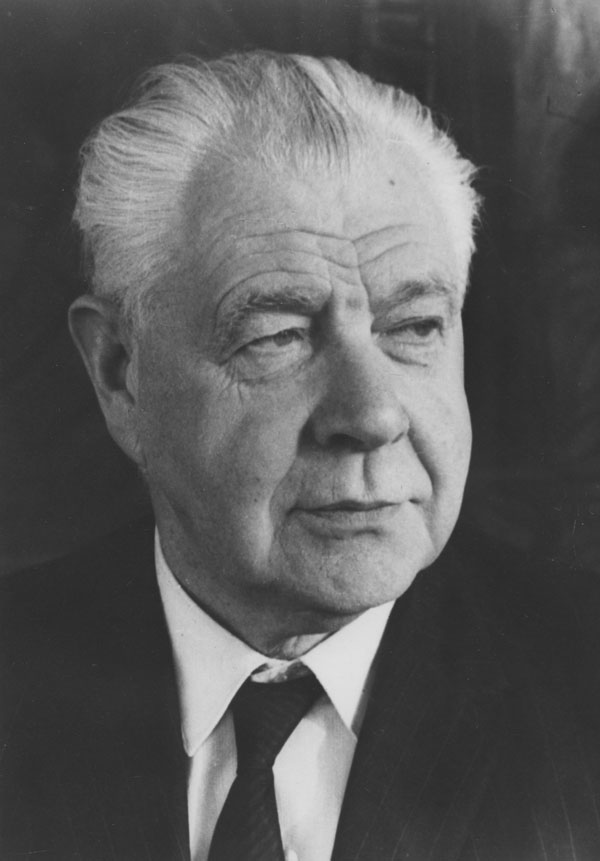
Arnold Plant (economist) – we saw him only rarely. I believe that he and Dad were not on the best of terms.
Jim Durbin (statistician) – we did not socialise with him, but he helped me with statistics when I was writing up my PhD at UCL.
Percy Cohen (sociologist) – a South African, he lived a few doors away from us. Always friendly and we socialised with him occasionally. We visited his house in Hill Close not more than two or three times.
Imre Lakatos (philosopher) – we socialised a great deal with him and his partner Gillian. Often, my parents and I walked across Hampstead Heath Extension to have morning coffee with Imre and Gillian at their home in Turners Wood. My mother and Gillian became close friends. I was fascinated by Imre because he had come from behind the Iron Curtain. Once he told me that he had been interrogated over a long period by the AVO, Hungary’s security organisation. He told me (jokingly I suppose) that he was such a difficult character that he gave his interrogators stomach ulcers. I imagine, but cannot recall exactly, that Gillian and Imre used to visit our home.
John Watkins (philosopher) – we socialised with him. I am very friendly with his son, Hugh, and his widow, Micky. The Watkins moved from Holly Hill in Hampstead village to Hampstead Garden Suburb long after I was born. I think I saw more of John and Micky because their son Hugh was (and still is) a good friend of mine. As to how much my parents socialised with John and Micky, I cannot remember. One year the Yamey and Watkins families spent a holiday together in Greece. Well, it was sort of together because when we, the Yameys, went on a driving tour of the Peloponnese, Micky travelled with us whilst John and his children remained at the seaside.
Ben Roberts (industrial relations) – greeted him in the street but cannot recall socialising with him.
Claus Moser (statistician) – we used to visit his house when I was quite young, probably pre-teens. The Mosers lived in a large house on the western side of Linnell (or Turner) Close. We used to drop in for morning coffee occasionally. All I can remember is that my sister and I used to play with their children on these occasions.
William Baxter (accountancy) – lived near HGS in Golders Green. We socialised with him and his family. Every Christmas Day until sometime in the 1970s, we used to visit the Baxters at their home on Ridgeway. We would have morning coffee and exchanged Christmas presents. My sister was always gifted a beautifully bound book containing a classical novel by a “worthy” author. I cannot remember what I was given. I recall that my late mother preferred William’s second wife to his first. I do not remember the Baxters visiting our home, but they might have done.

My parents socialised a great deal and often invited people for dinner, many of them connected with LSE. Amongst LSE staff members who visited us regularly were Kurt Klappholz (he and his wife Gwyneth held their wedding reception in our garden), Bob Gould, Morris Perlman, Imre Lakatos, Harry Johnson, Anne Bohm, Nancy Bergh (one of my father’s secretaries), and Peter Bauer. When Ronald Coase visited London from the USA, he would usually socialise with my parents, sometimes at our home. Coase had been a student of Arnold Plant at LSE and a member of staff when my father joined after World War II.
My late mother observed that Harry Johnson was constantly using a small knife to whittle away at small pieces of wood whilst he chatted. Being a sculptor, she was impressed by the small artefacts he created without even looking down while he was whittling. Harry was impressed by my mother’s sculptures and purchased a few of them. She also told me that after she married Basil, he and Bauer used to spend a lot of time together working in my father’s study. So much so, that after a while, my mother used to tease my father by calling him “Mrs Bauer”.
My parents loved Italy and all things Italian. Dad had postgraduate students from Italy, mostly undertaking master’s degrees. Many of them were guests at our home in the HGS. Amongst those whose names I remember were Romano Prodi, Angelo Cardani, Marina Schenkel, Enrico Colombato, Maria Martellini, Carlo Scognamilio, Piero Bassetti, and Gilberto Antonelli. I met all of them at home as well as others. In addition to the Italian students, there were two Italian members of staff, who visited us and became family friends. Both taught Italian in LSE’s erstwhile language department: Adrianna Zoratti (from Udine) and Rosaria (from Bassano del Grappa).
I stopped residing in HGS in 1982, two years after my mother died. As a widower, my father did not entertain at home. He remained in constant social contact with Peter Bauer and Ray Richardson, who might well have visited our home in HGS before my mother’s demise. After remarrying in 1991, he sold the house in HGS.
Other LSE academics in HGS?
We would be very interested to know about other LSE academics who lived in Hampstead Garden Suburb – or who were concentrated in other similar locations. If you can help, please comment on this blog to get in touch.
References
Most of the information on Henrietta Barnet was obtained from her entry in Wikipedia, accessed via Google on 24/04/2022, and the “Introduction” in Miller (2006).
Miller, Mervyn (2006) Hampstead Garden Suburb (Pocket Edition), (London: Nonsuch Publishing).
Taylor, Sheila (ed) (2001) The Moving Metropolis: A History of London’s Transport since 1800, (London: Laurence King Publishing).
Transport for London (2011) The Spread of London’s Underground, (London: Capital Transport Publishing).
See the STICERD website for the full original post with further information on the history of Economics at LSE


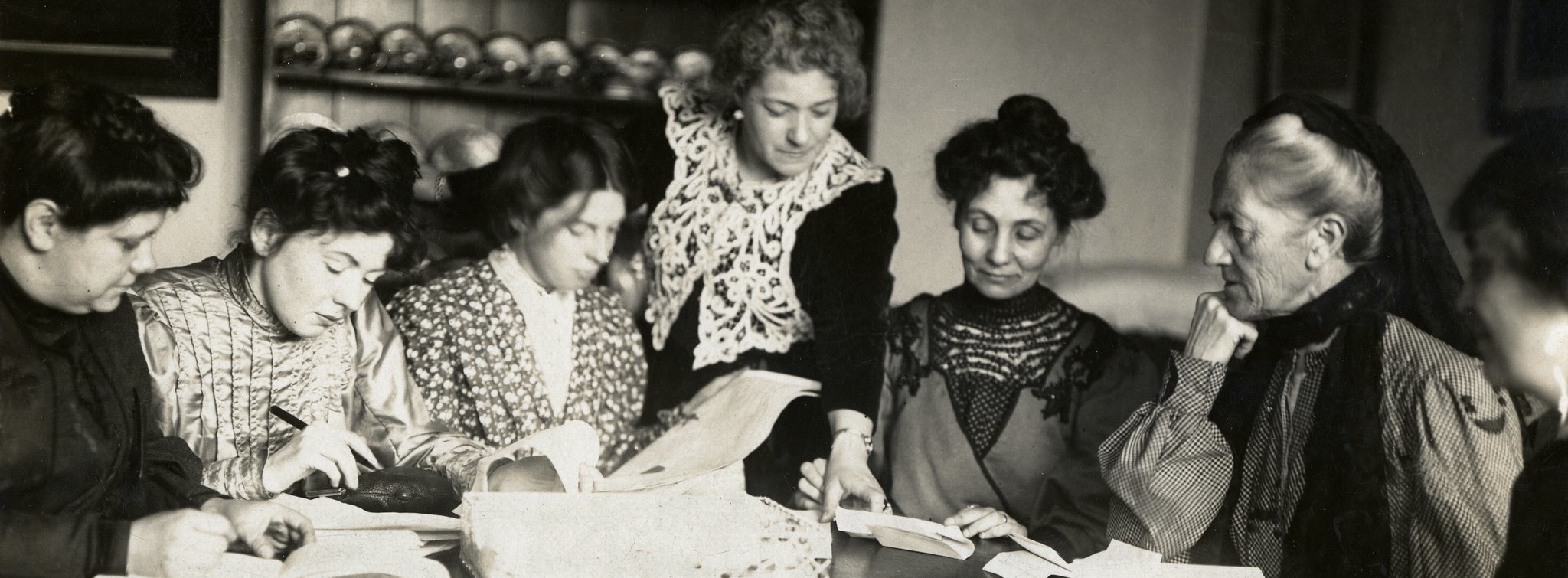


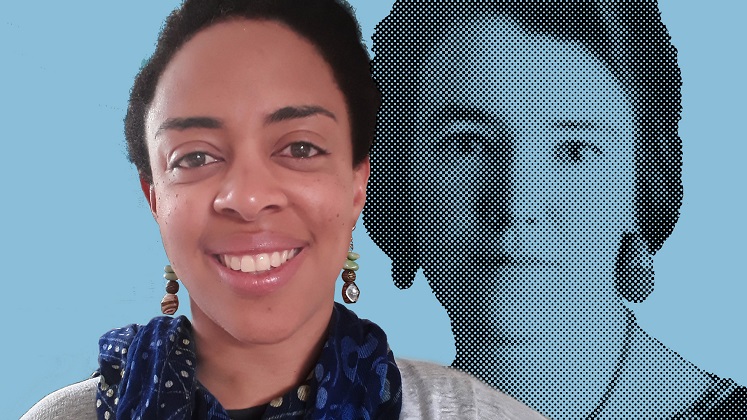
I am the Chair of Hampstead Garden Suburb’s Virtual Museum. We are about to re-work the section of our Museum devoted to People of HGS and we would be very interested in using some of the material contained in this Paper. Would you be willing to grant us permission assuming we would give you full accreditation?
Good morning. I was one of the authors in the piece in the LSE blog. Since writing that, I have published a book about the Suburb : GOLDERS GREEN AND HAMPSTEAD GARDEN SUBURB: VISIONS OF ARCADIA. It is available from Amazon
Best wishes from Adam Yamey – brought up in Hampstead Way.
Thank you very much for getting in touch, yes this is fine to do. Hayley